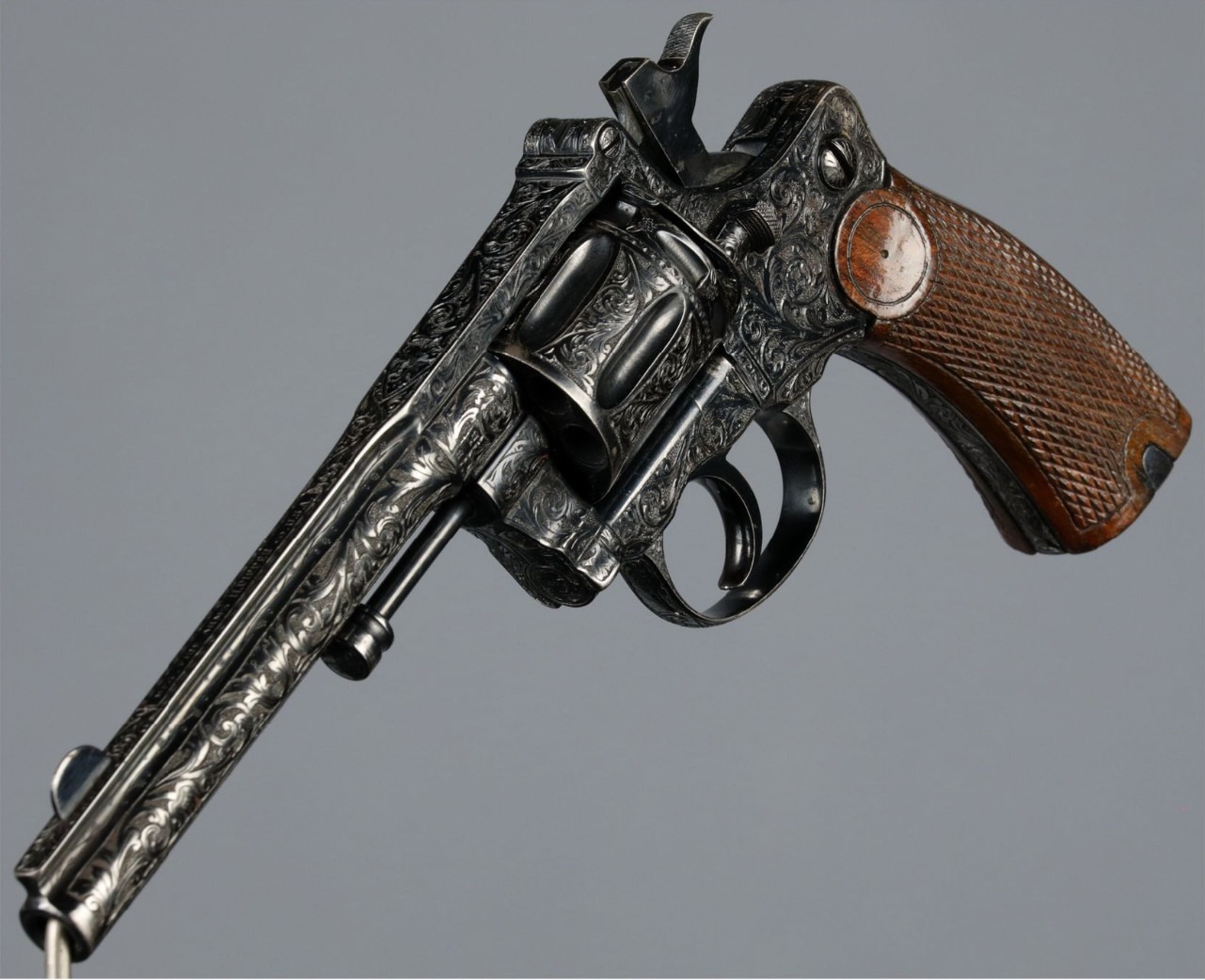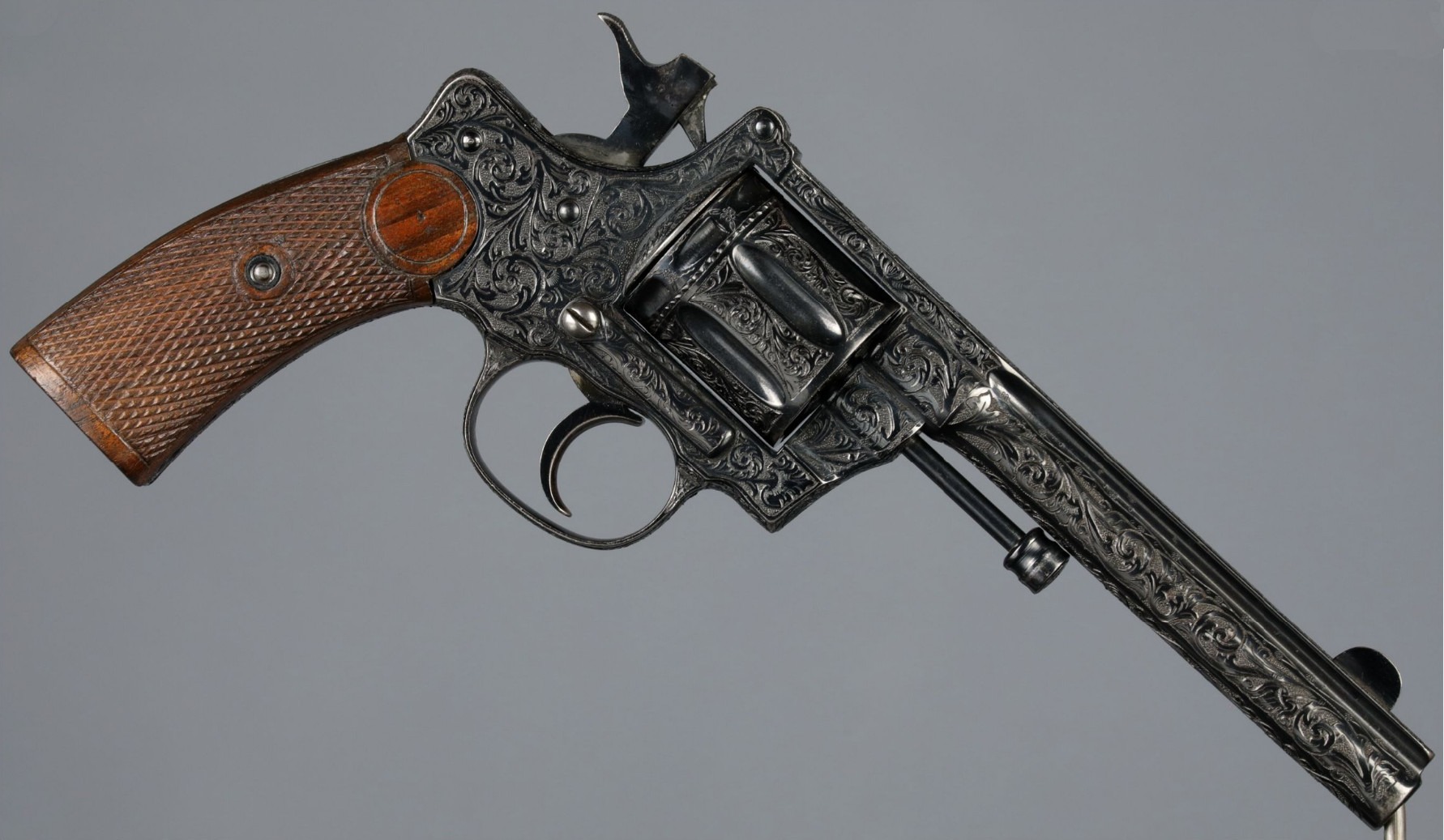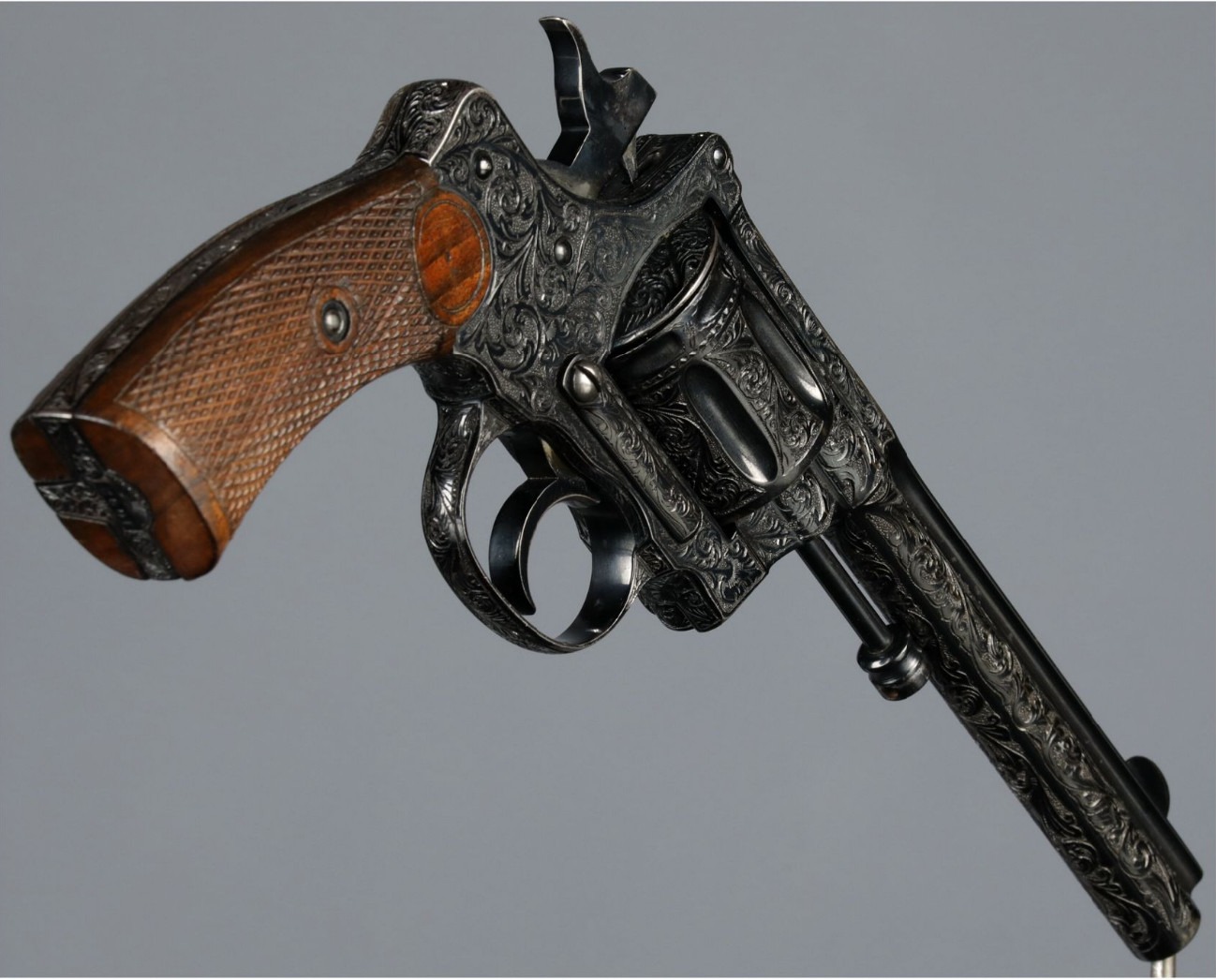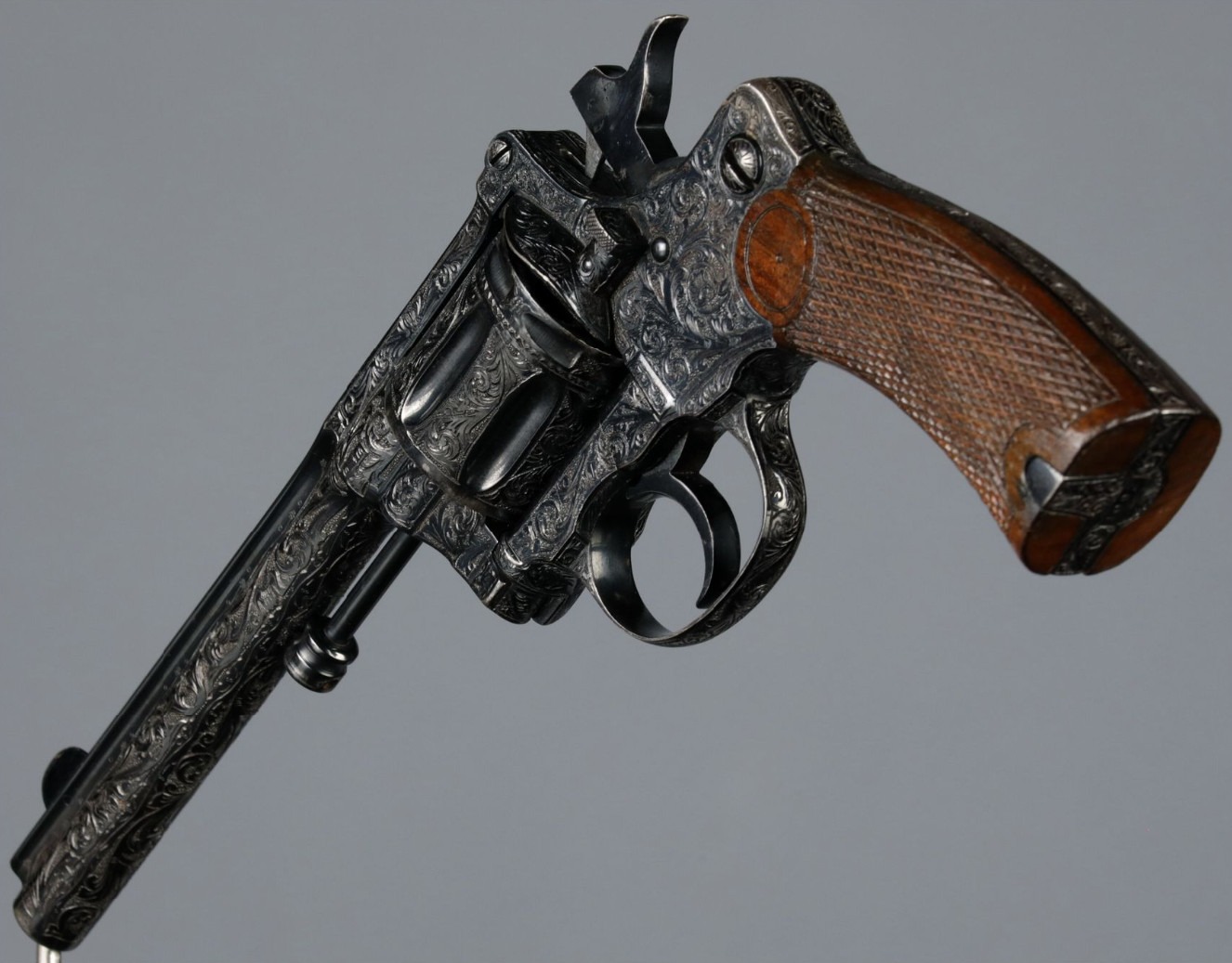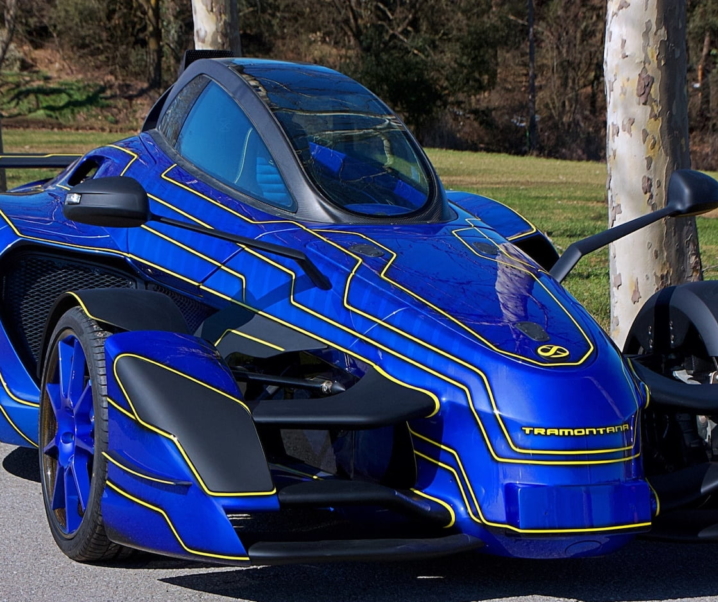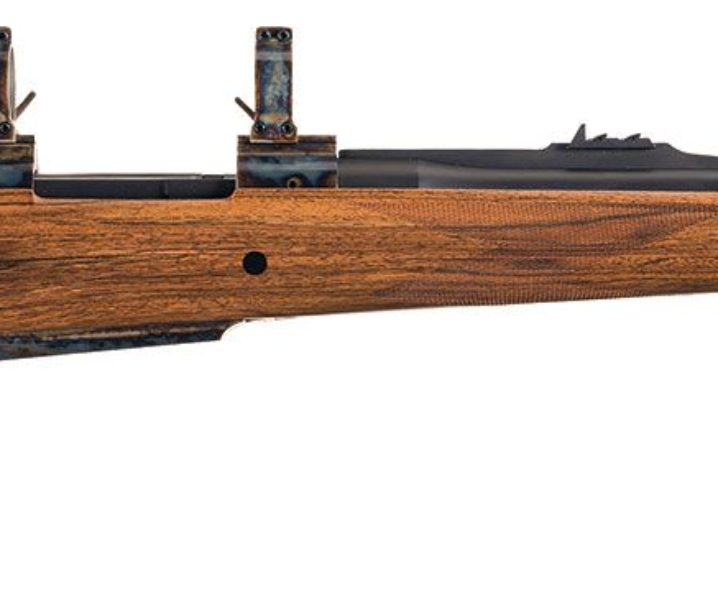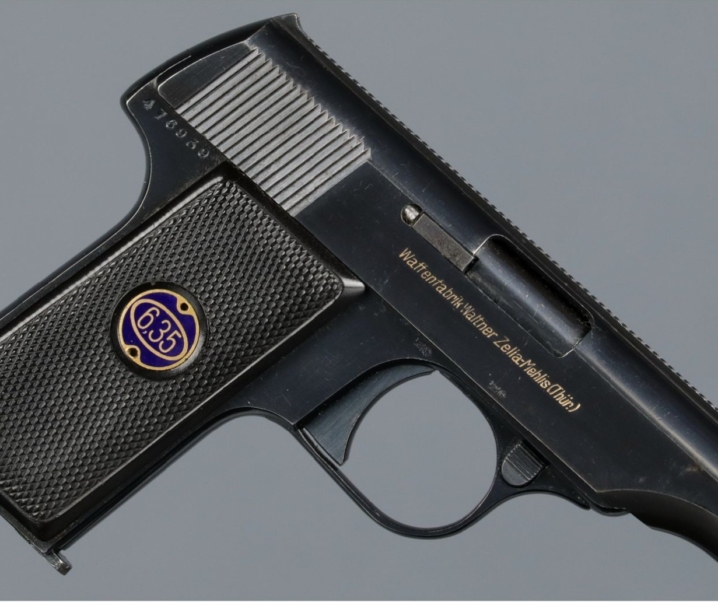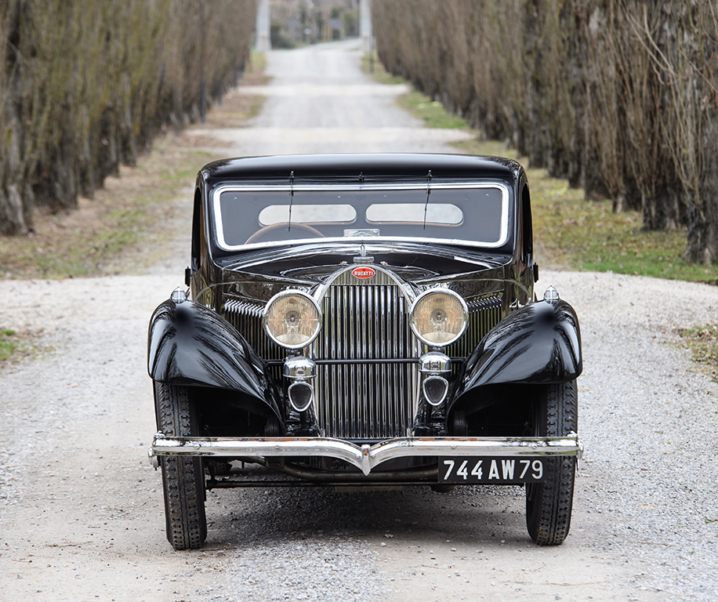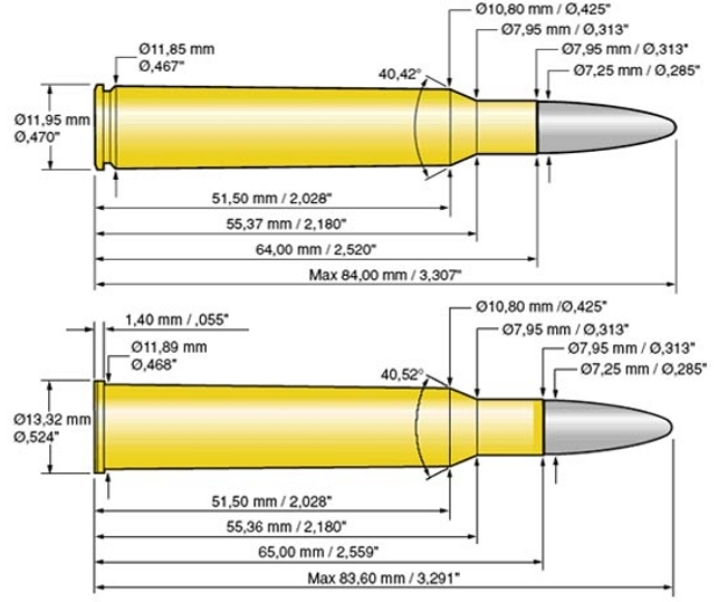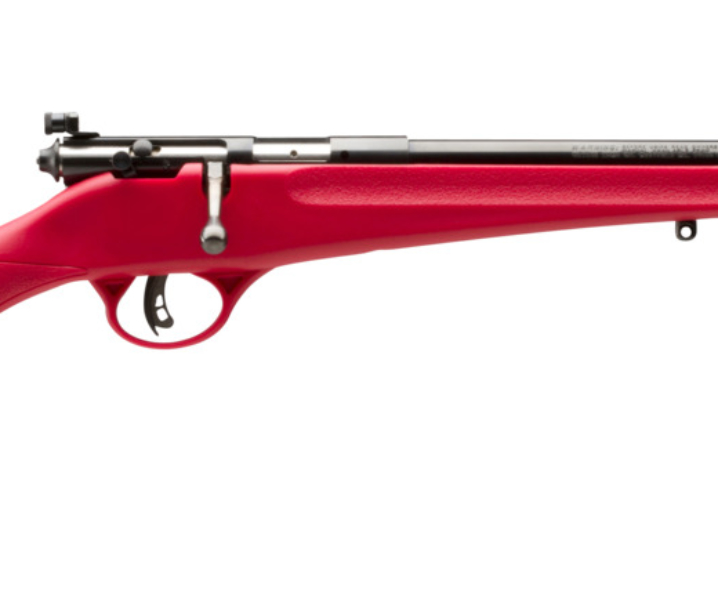Henri Pieper was a firearms inventor who’s creations are not well known. Pieper’s gas-seal revolving carbines and revolvers were only purchased in quantity by the Mexican Government and were favored by the Rurales law enforcement group.
Fast Facts
- Henri Pieper is best known for his gas-seal revolving carbine and revolver designs.
- His best known designs were those purchased in quantity by the government of Mexico.
- The Pieper gas-seal revolving carbine was regarded by the Mexican Rurales law enforcement group as being preferable to a lever-action carbine because it could easily be used one-handed while riding a horse.
- A Henri Pieper engraved revolver is coming up for sale by Rock Island Auction on June 23, 2024.
Henri Pieper was a firearms inventor who focused his mind on solving the problem of gas leakage caused by the cylinder gap (i.e. the small gap between the front of a revolver cylinder chamber and the barrel).
Pieper first applied his thinking to the design of a lever-action revolving carbine in 1886. In this unusual rifle there was a revolver cylinder that acted as the magazine while the lever action moved the barrel rearward to seal against the mouth of the cartridge case, and then after firing the lever moved the barrel out of engagement and rotated the cylinder.
This was to prove to be an interesting idea but no cigars were handed out as no-one seems to have been interested in this carbine. By the time this design appeared in Europe there were a number of very efficient lever-action rifles on the market not least of which were the Winchester Models of 1866 and 1873.
Henri Pieper’s next idea was rather more promising, it was for a gas-seal revolver, and he was in the process of creating this even while Léon Nagant was creating his gas-seal revolver which would become the standard revolver of the Imperial Russian Army and police, replacing the Smith & Wesson No.3.
Pieper’s gas-seal revolver system was developed around 1890 and he was awarded a French patent number 208174 on 11th September 1890.

In Pieper’s new design instead of the barrel moving forward and rearward through the use of a lever-action, the cylinder of the revolver was rotated and moved forward by the action of cocking the hammer. Pieper’s arms could be made either single or double-action and so in the case of a double-action the revolver cylinder would be rotated and moved forward by the trigger acting to cock the hammer.
Pieper offered his gas-seal revolving action in either revolver or revolving carbine configurations and both the revolving carbine and revolver captured the imagination of the Mexican government. The gas-seal made the revolving carbine a very practical arm, much preferred over revolving carbine designs that had preceded it that lacked the gas-seal feature.
With a conventional revolving carbine the lack of a gas-seal could allow hot gases to affect the shooter’s support arm – i.e. the left arm for a right handed shooter.
This could become a more serious problem as the revolving action became increasingly worn with use (or abuse). Many years ago I came across a Smith & Wesson Model 27 revolver that was very heavily used and worn to the extent that it no longer indexed perfectly with the result that, due to slight misalignment between the cylinder and the barrel, it would shave lead from cast bullets and send lead fragments along with hot gas out from the cylinder gap.
But the gas-seal system devised by Pieper eliminated the development of such a problem because the shape of the cartridge case both assisted with ensuring good cylinder to barrel alignment, and sealed the joint so nothing could escape and cause injury.
The Pieper gas-seal revolving carbine was especially favored by the Mexican Rurales law enforcement group who found that it was more convenient to use on horseback than a lever-action rifle because a lever-action rifle required two hands to use while the revolving carbine could be easily used with one hand.
The Mexican Government purchased about 5,000 Pieper revolving carbines which were chambered for the 8x50R Pieper proprietary cartridge – a straight walled cartridge which had the bullet seated below the case mouth – with the case mouth tapered to help with alignment with the barrel. The carbine cylinder held nine shots.
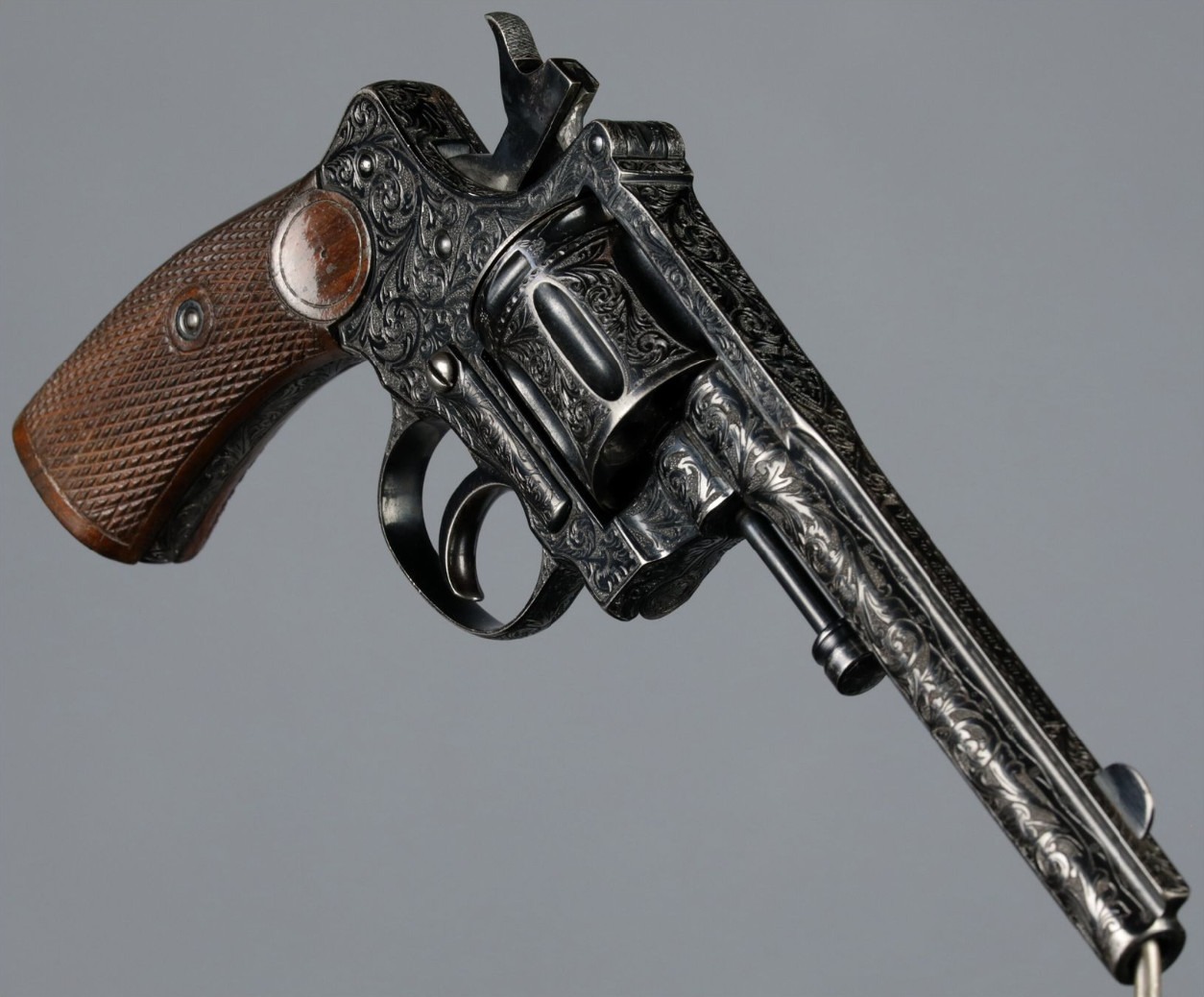
The Mexican Government also purchased gas-seal revolvers from Pieper. These were smaller, having a cylinder capacity of seven rounds, and were chambered for smaller and less powerful cartridges.
These cartridges were the 8x37R and were loaded with a lead bullet. Sources also say that an 8x41R was also made loaded with a full-metal-jacket bullet.
Rifling was four groove, right hand twist.
There is a quite impressive example of a Pieper gas-seal revolver coming up for sale by Rock Island Auction on June 23, 2024.
This revolver is beautifully engraved and looks to be in excellent condition.
The cylinder of Pieper’s revolvers and revolving carbines are made to swing out on a crane, similar to Colt and Smith & Wesson double-action revolvers. On the revolving carbines the latch is typically on the left side of the action in front of the cylinder while on the revolvers, such as the engraved one coming up for sale, the latch is behind the cylinder and operates Colt style by pulling rearwards.
The revolver for sale has a 5½ inch solid rib barrel and checkered wood grips. Inscribed on the top strap is “MFG. FIRE ARMS H.PIEPER CO. U.S.A.” and the revolver was made 1896-1897.
The revolver has a rebounding hammer, and swing out cylinder with hand ejector.
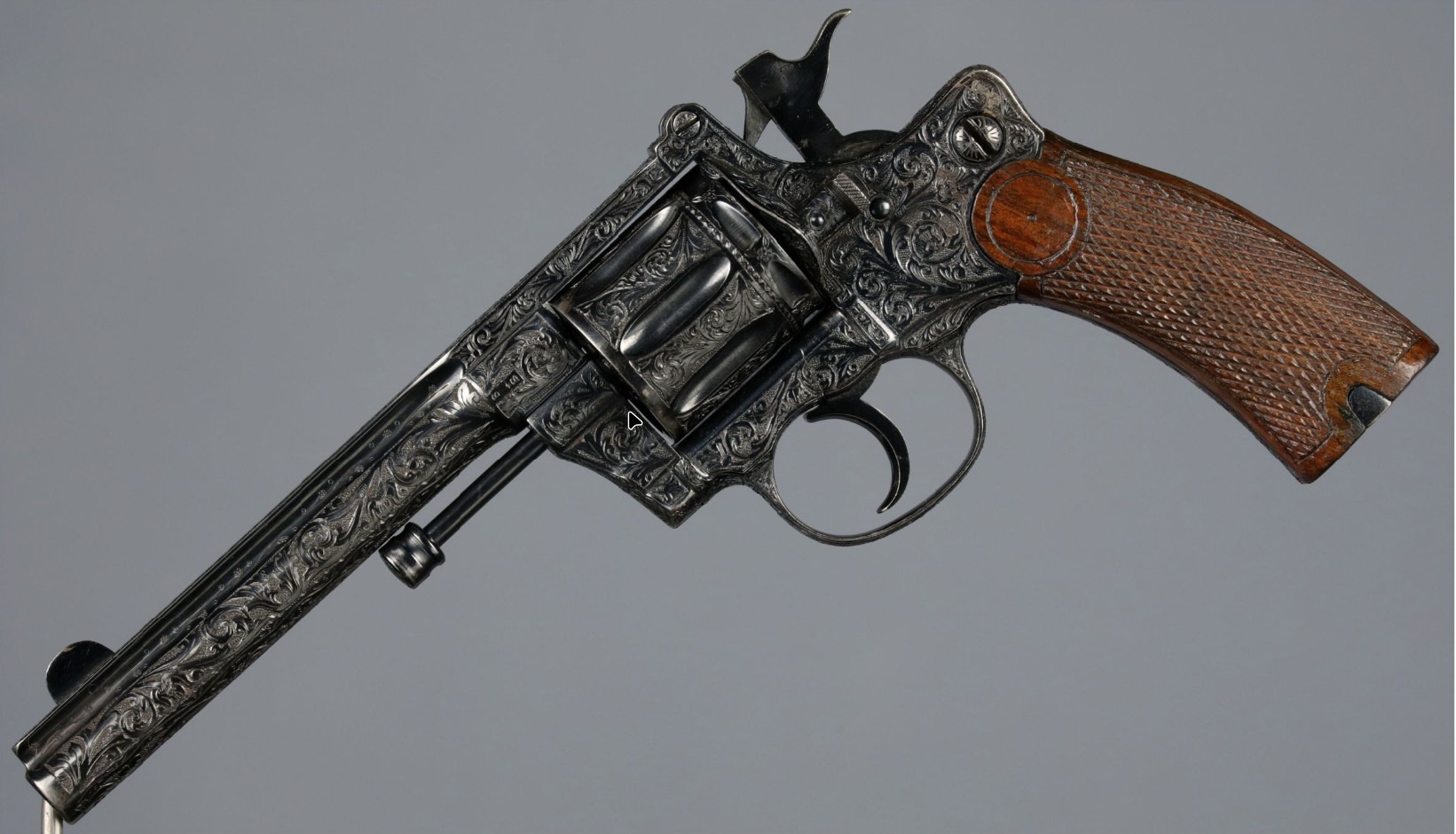
Rock Island Auction describe the condition of this revolver as follows:-
“Fine overall as custom embellished, with a few patches of light pitting and edge wear, and some light handling marks in the grips. Mechanically fine.”
You will find the sale page for this revolver if you click here.
Picture credits: All pictures courtesy Rock Island Auction.

Jon Branch is the founder and senior editor of Revivaler and has written a significant number of articles for various publications including official Buying Guides for eBay, classic car articles for Hagerty, magazine articles for both the Australian Shooters Journal and the Australian Shooter, and he’s a long time contributor to Silodrome.
Jon has done radio, television, magazine and newspaper interviews on various issues, and has traveled extensively, having lived in Britain, Australia, China and Hong Kong. His travels have taken him to Indonesia, Israel, Italy, Japan and a number of other countries. He has studied the Japanese sword arts and has a long history of involvement in the shooting sports, which has included authoring submissions to government on various firearms related issues and assisting in the design and establishment of shooting ranges.

